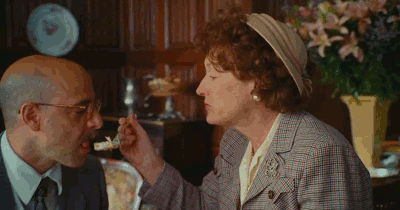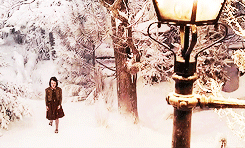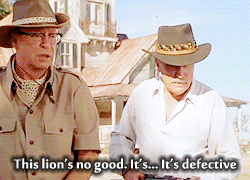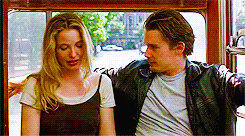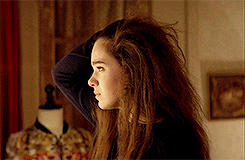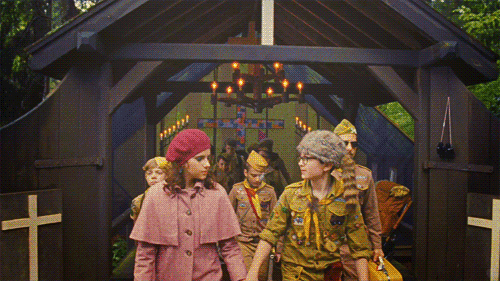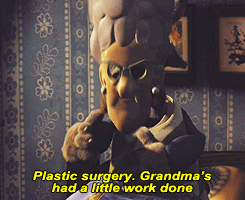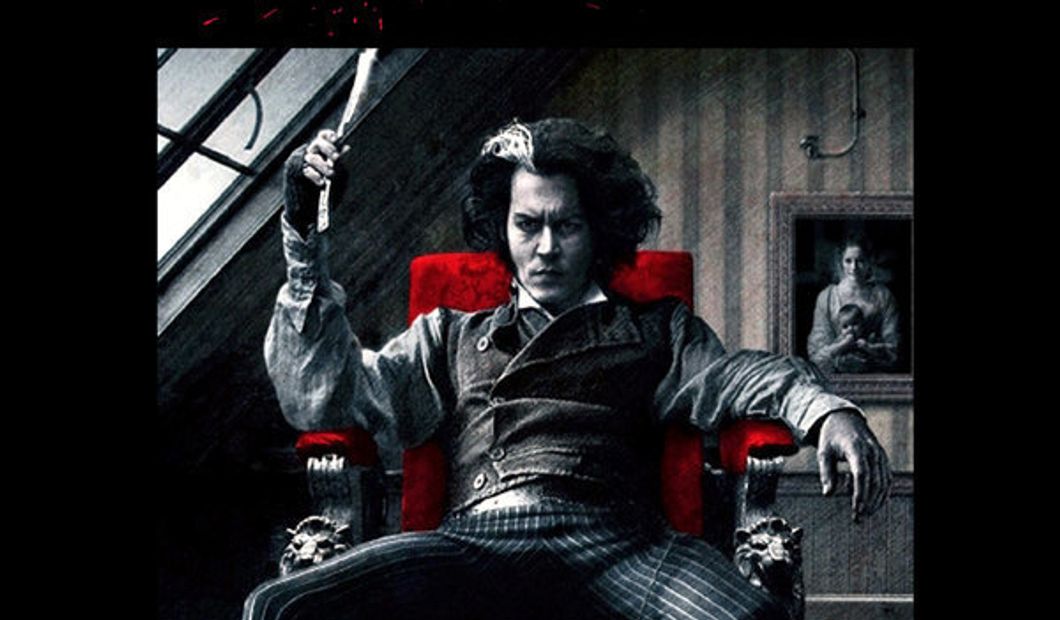10 Moments From Cuarón's Films That Show Why He Is An Award-Winning Director
Mexican film director Alfonso Cuarón has received many awards and nominations over the course of his career; here's why.
Alfonso Cuarón is one of my favorite film directors. When I was a kid, I didn't care about who the director of a movie was, but his films have touched me throughout different times in my life. The first was A Little Princess in 1995, one of my favorite childhood movies. A Little Princess was based on the novel by Frances Hodgson Burnett, who also wrote The Secret Garden. Next was the film Harry Potter and the Prisoner of Azkaban, which to this day is my favorite Harry Potter film because of the beautiful cinematography. One of my favorite films is Y Tu Mamá También, which Cuarón directed at the start of the millennium.
His films invoke strong emotions and feelings in me. His filmmaking style engages with audiences in an unexpected, but meaningful way. Time tends to be a theme in his movies and it shows in the types of shots he uses in his films.
Cuarón has said, "I'm interested in new worlds, new universes, new challenges." This perspective shows in his films in every scene and I think that's part of his appeal. Here are twelve scenes from his films that I think are truly beautiful and show why he has been a leading director for the past thirty years.
1. A Little Princess (1995) - Sara's memories of India

I loved this scene as a child.
Sara's life in the boarding school is bleak and sad. The scene where she remembers what her life with her family in India was like stands in stark contrast to the dark scenes at Miss Minchin's boarding school. The use of the color yellow and the bright sunlight allows audiences to experience the positive, happy feelings Sara associates with India.
2. Roma (2019) - The juxtaposition of the kid astronauts

two kids from different worlds
Perhaps a reference to his film, "Gravity", you may spot these two different children playing dress up in the film "Roma". There is a juxtaposition between the rich one, in his silvery costume, and the poor one, with a plastic bucket for a helmet. Two kids playing at being astronauts. They don't belong to the same country, do not inhabit the same house. The "haves and the have-nots" are some of the underlying themes in this film about 1970's México.
3. Roma (2019) - The opening of the film and the airplane motif

The opening scene of the film is cleverly shot.
One recurring motif in Roma is of an airplane passing overhead, but the camera never looks up, the planes are only heard, seen in reflections, or pass by in the distance of a very wide shot. The film opens and ends with an airplane flying by. Cuarón says that it was included because his childhood home was under the flight path of Mexico City's airport, so these planes were likely a constant presence in his early life.
In Roma, they serve as a reminder of the larger world, a world that for Cleo is far away.
4. Y Tu Mamá También (2001) - the road trip scenes

this scene just screams, "summer road trip"
Y Tu Mamá También is a coming-of-age road trip movie. These are some of the best scenes in the movie. They serve to teach you about the characters and their complexities, but they also provide information visually. These scenes always remind me of summer trips on the road with my friends. It's almost like a little time capsule of what it feels like to be young and free to explore the world.
5. Y Tu Mamá También (2001) - the unnamed characters

Luisa felt that even after people die, they're still present.
In Y Tu Mamá También, the characters pass by a funeral procession on the road. Earlier in the movie, they encounter traffic in the city and the narrator tells us it's because a man was hit and killed while walking to work. his film is peppered with scenes like this, as death is a large underlying theme in the story.
These scenes show that there is more going on all around the three travelers. The travelers pass by but remain mostly oblivious to the lives being altered within their view. This in itself mimics most existences; we all drive on more concerned with our own situation. No matter how isolated the transitional experience of two teenage boys and an older woman may feel, the world carries on.
6. Harry Potter and the Prisoner of Azkaban (2004) - shenanigans outside the Shrieking Shack

such a light-hearted moment
One thing I enjoyed about Cuarón's take on Harry Potter was how he let them be teenagers. A lot of changes came in this movie, such as a new actor for Dumbledore, and some fans were not too excited about it. But I always thought that it was really nice seeing Harry and his friends have chances to act their age.
The moment showing Harry, Ron, and Hermione laughing in the snow is a cute moment between the Golden Trio. Another scene that comes to mind is the Gryffindor boys eating candies the first night back at school. It wasn't a true-to-book scene but it gave life to the characters.
7. Y Tu Mamá También - Do you ever wish you could live forever?

"Do you ever wish you could live forever?"
This film focuses on sex and death. In some of our most blissful moments, we often wish we could escape our mortality and live forever.
The beach is a symbol of hope and optimism, the promise of something utopian or beautiful in the midst of the confusing chaos of life.
8. Harry Potter and the Prisoner of Azkaban (2004) - the motif of time

Harry just looks so sad.
Time often plays a big role in Cuarón's movies so this installment of the Harry Potter series was perfect for him. PoA saw the introduction of the giant clock at Hogwarts and Harry is seen staring broodingly through it. In this story, Harry is faced with his parents' past and how it may affect his future. The clock may have also served as a bit of foreshadowing for time's big role at the end of the movie.
Side note, there's a bit of a parallel between Harry Potter and Y Tu Mamá También. In Harry Potter, Sirius Black tells Harry, "But know this; the ones that love us never really leave us." This is reminiscent of Luisa's thoughts in Y Tu Mamá También: "Luisa felt that even after people die, they're still present."
9. Roma (2019) - the role of nature

Water, earth, fire, air.
Nature plays a role in Roma. According to The Playlist, Cuarón said, "We tried to honor the elements – fire, earth, wind, water – but we also acknowledge stuff like heaven and earth. The film starts with earth, in which heaven is nothing but a reflection through the water. And water starts to come up more until everyone is submerged in water. And it finishes looking at the sky, for the first time just framing the sky."
Using these elements helped emphasize the transience of life and making peace with the elements of life you cannot control. "Our relationships of affection, they are the only thing we can control…in the end, existence is nothing but a shared experience of loneliness," he added.
10. Y Tu Mamá También - Luisa's life lesson

"La vida es como la espuma; por eso hay que darse como el mar"
Towards the end of the film, Luisa says that her philosophy of life is "La vida es como la espuma; por eso hay que darse como el mar". Roughly translated to English, it is "Life is like the sea foam; therefore, we must give ourselves like the sea."
This saying isn't explained in the movie.
I think it means to live with your arms and mind wide open, ready to accept and embrace anything that may come to pass. It means to live generously and thoughtfully. To have a soul as infinite as the ocean.
Cuarón's movies are about life and people. The themes of love, death, and time that affect us all.
Why aren't we elevating simple stories to the level of epics? Cuarón does that. All his movies are epics, no matter how small or big they are.





